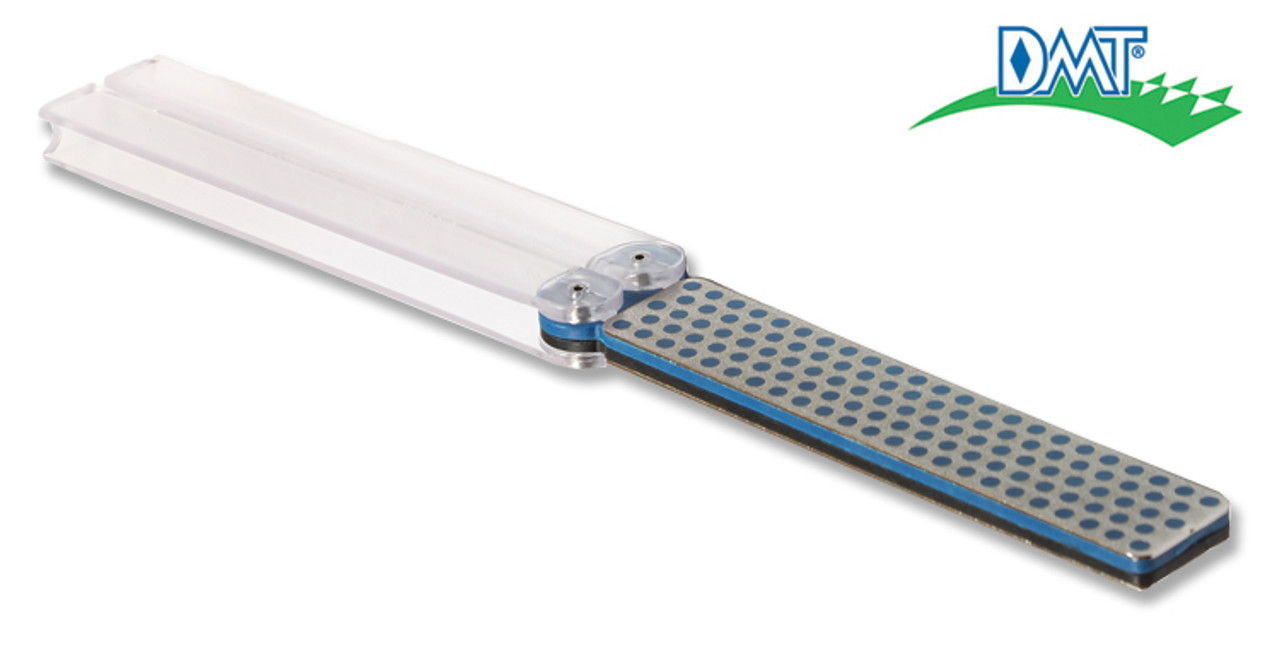I'm looking to create a dummy proof, lightweight, full spectrum, SHTF sharpening kit (that can be perfected by a 6th grader).
Quality of finished edge is not as important as "good enough"
Here is where I am, would love feedback on specific coarseness changes...
Get it back to goodish within 5 minutes or less
1. Carbide Pull-Through - (scrape off effed-up and mangled metal... approximate it back to a "cutting edge")
2. Strop Paddle (Black Stropping Compound) - take the "approximated cutting edge" and coarsely refine it a bit
Okay, have some time in camp to work the "approximated cutting edge" back into a refined edge.
1. DMT Diafold Magna-Guide Kit (with 1-Double Sided Black/Blue - Extra-Coarse/Coarse)





Quality of finished edge is not as important as "good enough"
Here is where I am, would love feedback on specific coarseness changes...
Get it back to goodish within 5 minutes or less
1. Carbide Pull-Through - (scrape off effed-up and mangled metal... approximate it back to a "cutting edge")
2. Strop Paddle (Black Stropping Compound) - take the "approximated cutting edge" and coarsely refine it a bit
Okay, have some time in camp to work the "approximated cutting edge" back into a refined edge.
1. DMT Diafold Magna-Guide Kit (with 1-Double Sided Black/Blue - Extra-Coarse/Coarse)





Last edited by a moderator:

